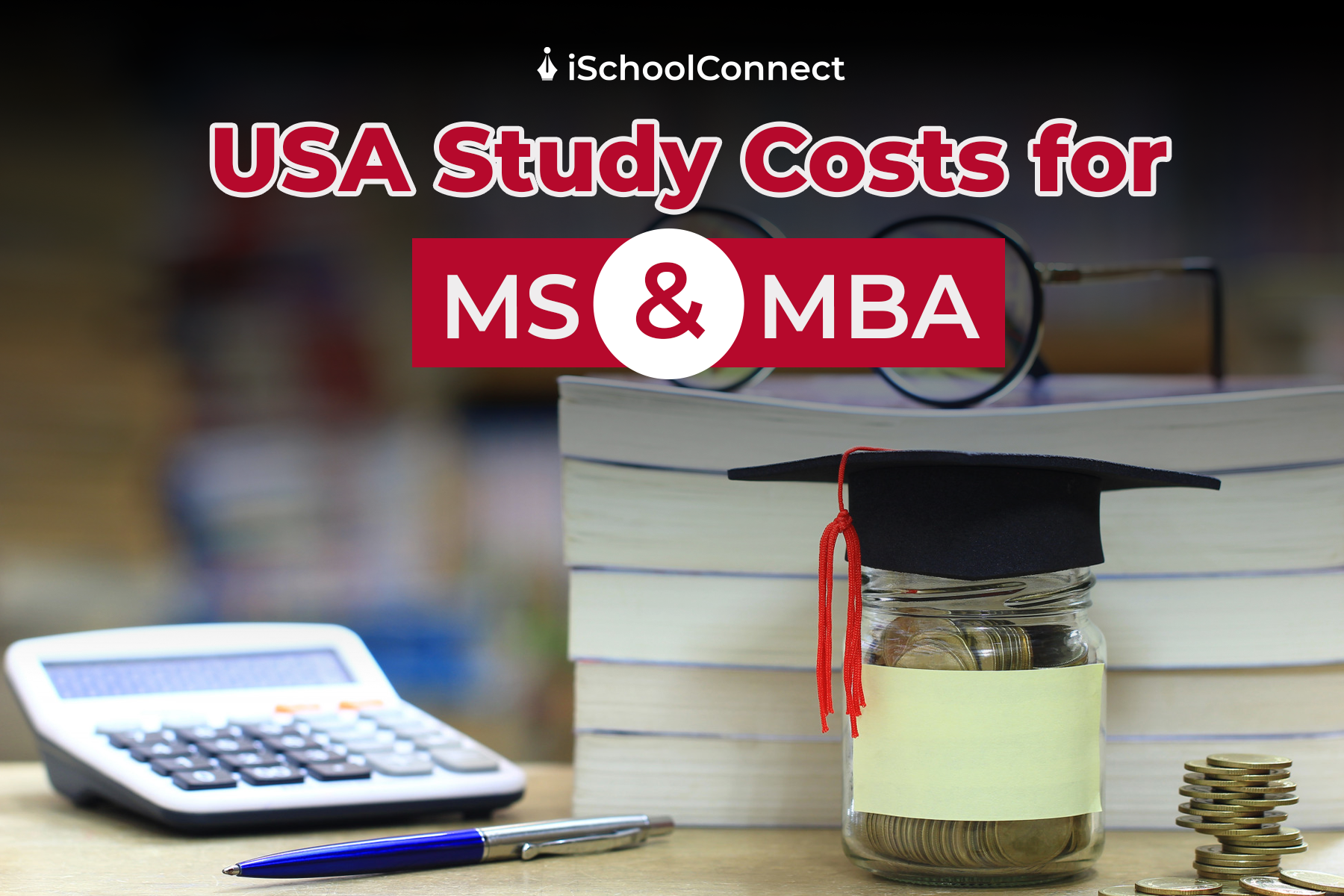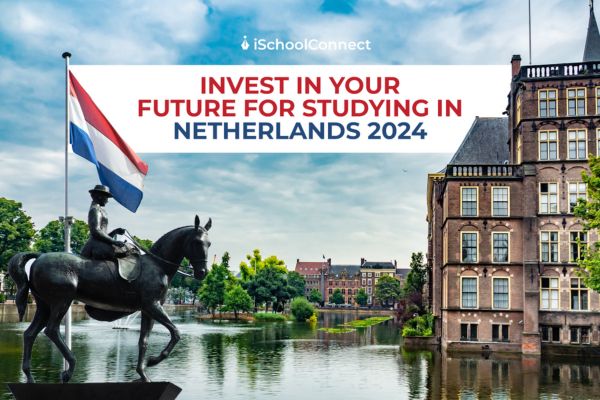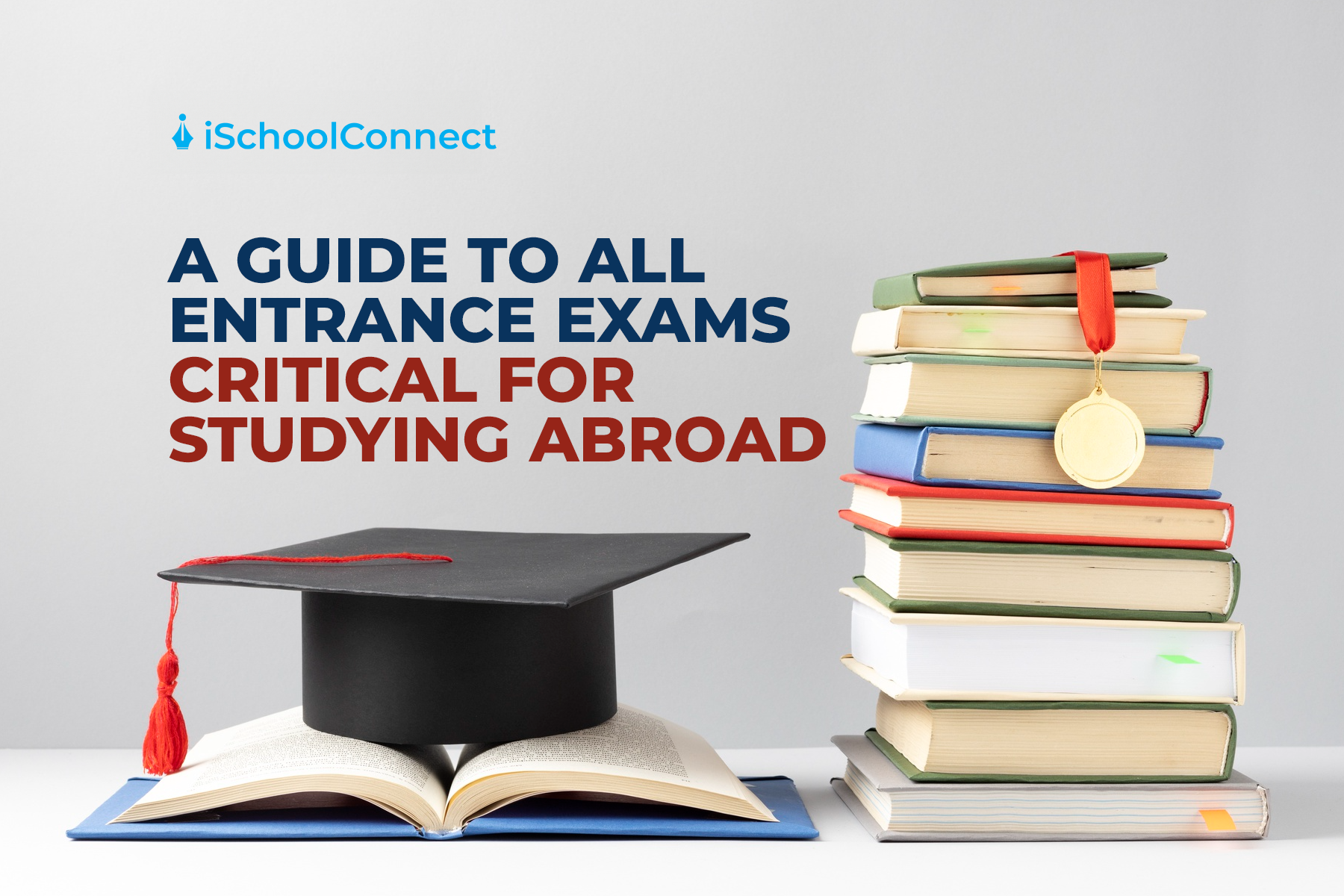Table of Contents
About Harvard’s Nobel Laureates
This annual award recognizes extraordinary contributions to physics, chemistry, physiology, medicine, literature, and peace. Many Harvard university faculty members have received this distinguished prize. Harvard awards Nobel Prizes each year on December 10, including a significant monetary award. Individuals or organizations receive awards in appreciation of their remarkable achievements in their fields. The award serves as a symbol of excellence and a way to recognize the vital work of researchers, scientists, writers, and peace activists worldwide. Keep reading to learn more about Harvard’s Noble Laureates.
Harvard’s Noble Laureates in Physics
| Name | Year | Achievement |
| Roy J. Glauber | 2005 | Contribution to the quantum theory of optical coherence |
| Riccardo Giacconi | 2002 | Contributions to astrophysics that resulted in the finding of cosmic X-ray sources |
| Norman Ramsey | 1989 | Examine independent oscillatory fields to obtain exact measurements of how different portions of atoms and molecules interact with one another |
| Carlo Rubbia | 1984 | The discovery and study of new subatomic particles and their properties |
| Nicolaas Bloembergen | 1981 | Invented laser spectroscopy, allowing atoms to be analyzed more precisely |
| Steven Weinberg | 1979 | Developed mathematical ideas to explain electromagnetism and ‘weak’ interactions (with Sheldon L. Glashow) |
| Sheldon L. Glashow | 1979 | Developed mathematical ideas to explain electromagnetic and ‘weak’ interactions, two of nature’s four fundamental forces, using the same rules (with Steven Weinberg). |
| John H. Van Vleck | 1977 | Pioneered the application of quantum mechanics to magnetism research |
| Julian S. Schwinger | 1965 | Contributed to quantum electrodynamics research |
| Edward M. Purcell | 1952 | Discovered the nuclear resonance method for measuring magnetic fields in atomic nuclei |
| Percy W. Bridgman | 1946 | Extensive research on the changes that occur when various materials are subjected to extremely high pressure. |
Harvard’s Noble Laureates in Chemistry
| Name | Year | Achievement |
| Martin Karplus | 2013 | Multiscale model development for complex chemical systems |
| Elias J. Corey | 1990 | Developed guidelines that allow scientists to synthesize complicated new compounds from common ingredients |
| Dudley R. Herschbach | 1986 | Developed procedures that allow scientists to view collisions between pairs of molecules and detect the products of such collisions. |
| Walter Gilbert | 1980 | Developed methods for determining the structure of DNA |
| William N. Lipscomb | 1976 | Research on the structure of boranes increased the understanding of chemical bonding |
| Robert Burns Woodward | 1965 | Complex molecule synthesis in the laboratory |
| T.W. Richards | 1914 | A study of the atomic weights of chemical elements |
Harvard’s Nobel Laureates in Medicine
| Name | Year | Achievement |
| William Kaelin | 2019 | Their research into how cells detect and adjust to oxygen supply |
| Jack Szostak | 2009 | For groundbreaking work in the discovery of telomerase. This enzyme preserves chromosomes from deterioration |
| Linda B. Buck | 2004 | For the discovery of ‘odorant receptors and olfactory system organization.’ |
| Joseph E. Murray | 1990 | Developed innovative organ transplant procedures (with E. Donnall Thomas, previously of the University of Washington) |
| Torsten Wiesel | 1981 | Study of information processing in the visual system (in collaboration with David Hubel) |
| David Hubel | 1981 | Torsten Wiesel’s research on information processing in the visual system |
| Baruj Benacerraf | 1980 | Discovered that disease resistance is inherited genetically, despite individual differences in immune response genes |
| George Wald | 1967 | Investigating the biochemistry of vision |
| Konrad E. Bloch | 1964 | Investigated the pattern of processes involved in the production of cholesterol and fatty acids |
| James D. Watson | 1962 | Described the structure of DNA |
| Georg von Bekesy | 1961 | Demonstrated the basic concepts involved in the hearing mechanism |
| Thomas H. Weller | 1954 | Application of tissue-culture technologies to the study of viral illnesses (with J.F. Enders and F.C. Robbins) |
| Frederick C. Robbins | 1954 | Application of tissue-culture technologies to the study of viral illnesses (with J.F. Enders and T.H. Weller) |
| John F. Enders | 1954 | Application of tissue-culture methods in the development of a polio virus, a component of the polio vaccine (in collaboration with F.C. Robbins and T.H. Weller) |
| Fritz A. Lipmann | 1953 | Identified ‘coenzyme A’ and uncovered fundamental principles in protein comprehension |
| William P. Murphy | 1934 | Research on the liver treatment of anemias (with George Minot) |
| George Minot | 1934 | Research on the liver treatment of anemias (with William P. Murphy) |
Harvard’s Nobel Laureates in Literature
| Name | Year | Achievement |
| Seamus Heaney | 1995 | For lyrical beauty and ethical depth in literary works that extol ordinary wonders and the living past |
Harvard’s Laureates in Economic Science
| Name | Year | Achievement |
| Michael Kremer | 2019 | For an innovative approach to reducing global poverty |
| Oliver Hart | 2016 | In recognition of contributions to contract theory |
| Alvin Roth | 2012 | For market design practice and the theory of stable allocations |
| Eric S. Maskin | 2007 | For the foundation of mechanism design theory |
| Thomas C. Schelling | 2005 | Using game theory to improve the understanding of conflict and cooperation |
| A. Michael Spence | 2001 | For analyzing markets with asymmetric information. |
| Amartya Sen | 1998 | Welfare economics research |
| Robert C. Merton | 1997 | For a novel way of calculating the value of derivatives |
| Wassily W. Leontief | 1973 | Created the input-output analysis utilized in economic forecasting and planning |
| Kenneth J. Arrow | 1972 | Contributed to the theory of universal economic equilibrium and wellbeing |
| Simon S. Kuznets | 1971 | Invented the notion of utilizing GNP to track changes in the nation’s economic growth |
Key takeaways
- As a research university and nonprofit organization, Harvard commits to providing educational opportunities to people from diverse backgrounds.
- Harvard has a long tradition of research and education excellence, and its faculty and alumni have significantly contributed to subjects such as physics, chemistry, medicine, economics, and literature.
- The Nobel Prize, established in 1895 by Swedish chemist and dynamite creator Alfred Bernhard Nobel, is an annual award recognizing extraordinary contributions to physics, chemistry, physiology or medicine, literature, and peace. Many Harvard academic members have received this distinguished prize.
- Given the caliber of its teaching faculty, the cutting-edge research it performs, and its long legacy of innovation, it should be no surprise that Harvard University has produced many Nobel laureates throughout its history.
Harvard University contains 12 degree-granting schools and the Harvard Radcliffe Institute. It also provides many non-degree options for professionals and lifetime learners, including executive education, continuing education, and online courses. If you are interested in learning more about Harvard’s Noble Laureates or any other overseas University or have any questions, reach out to our team of experts.
Liked this blog? Read next: Barry University – An integrated approach to education
FAQs
Q1. How many alumni does Harvard University have?
Answer- Harvard University has over 400k alumni.
Q2. Is it challenging to get into Harvard University?
Answer- Harvard University is a very selective institution with a 4.64% admittance rate.
Q3. What is Harvard University’s ranking?
Answer- Harvard University ranks 5th in the QS World Rankings 2023.






